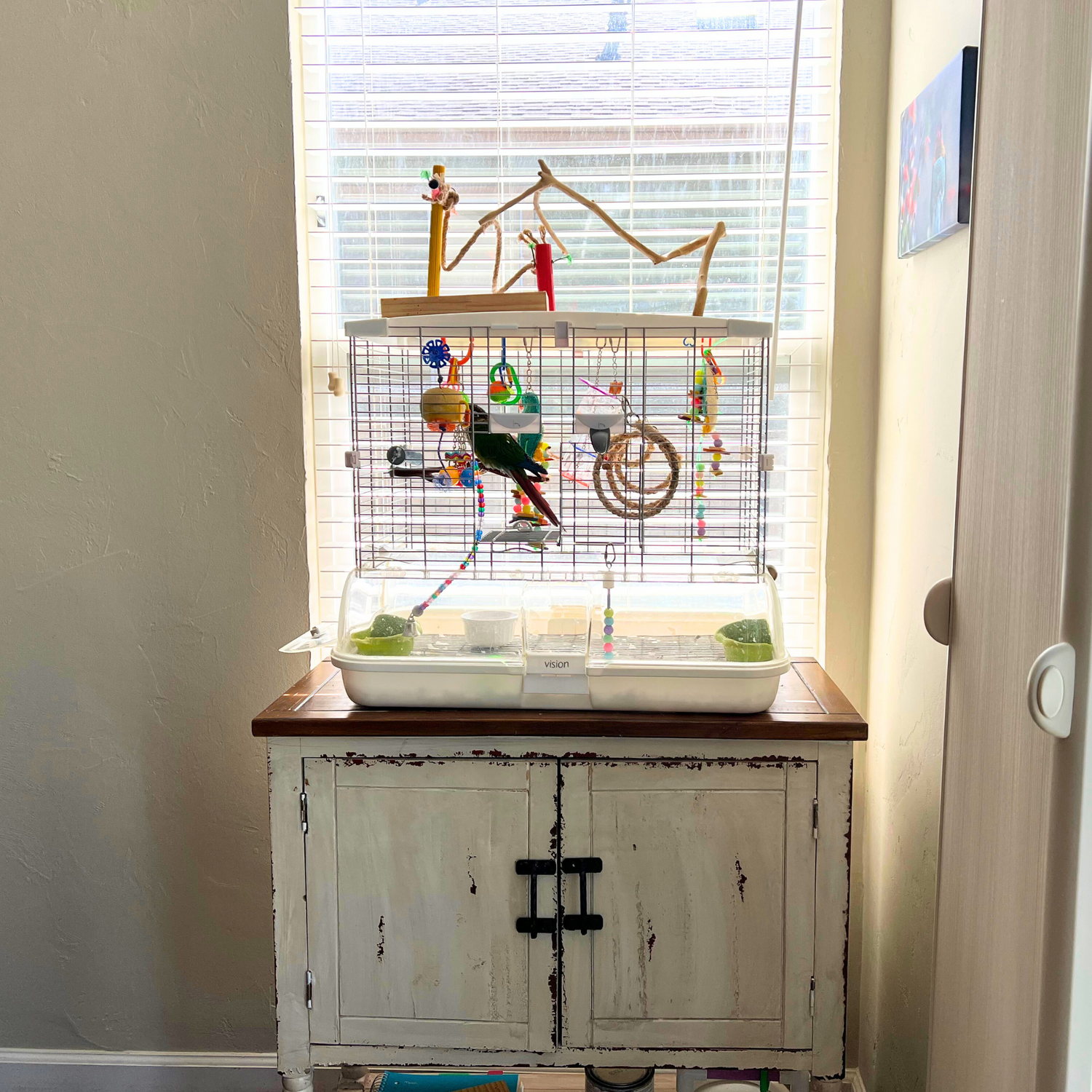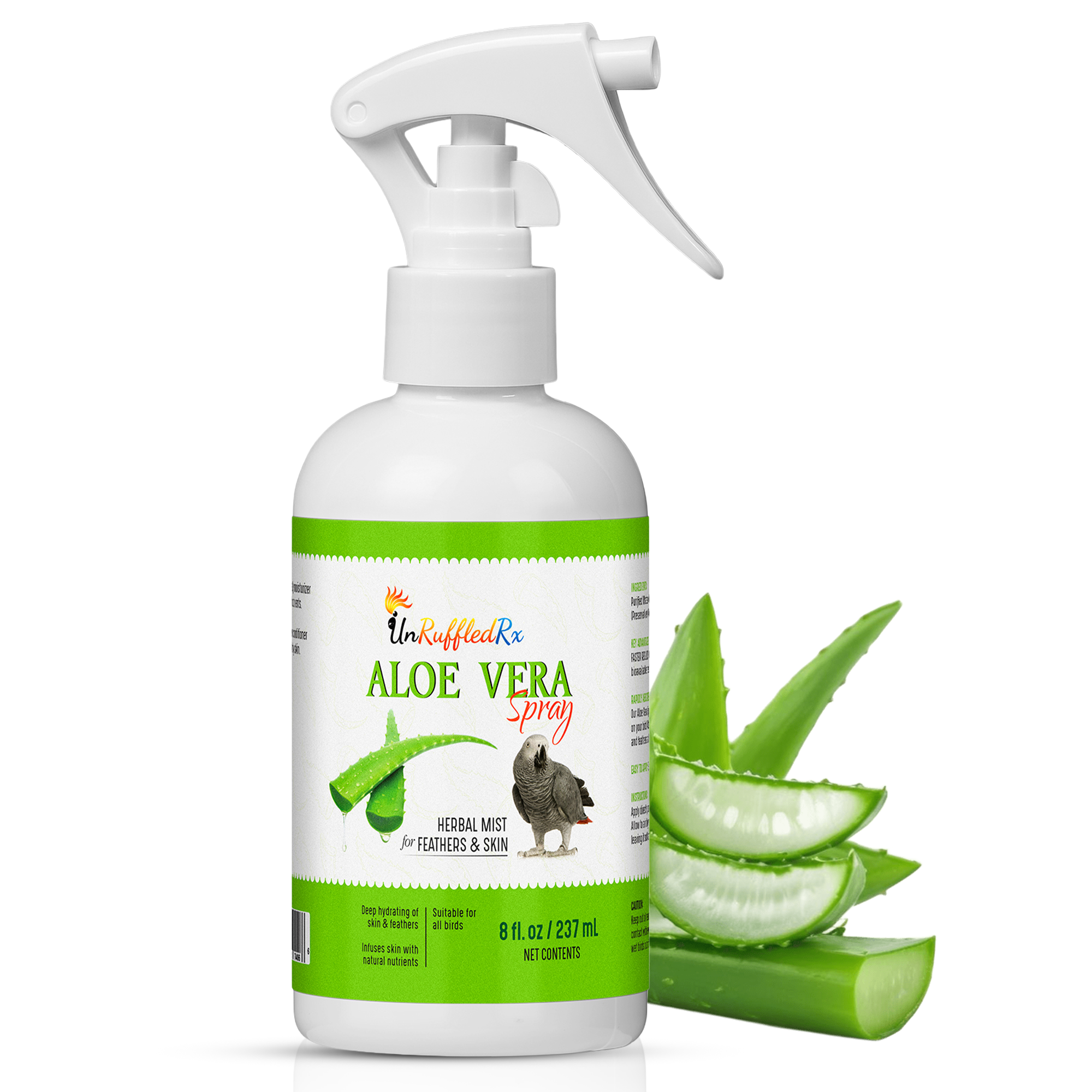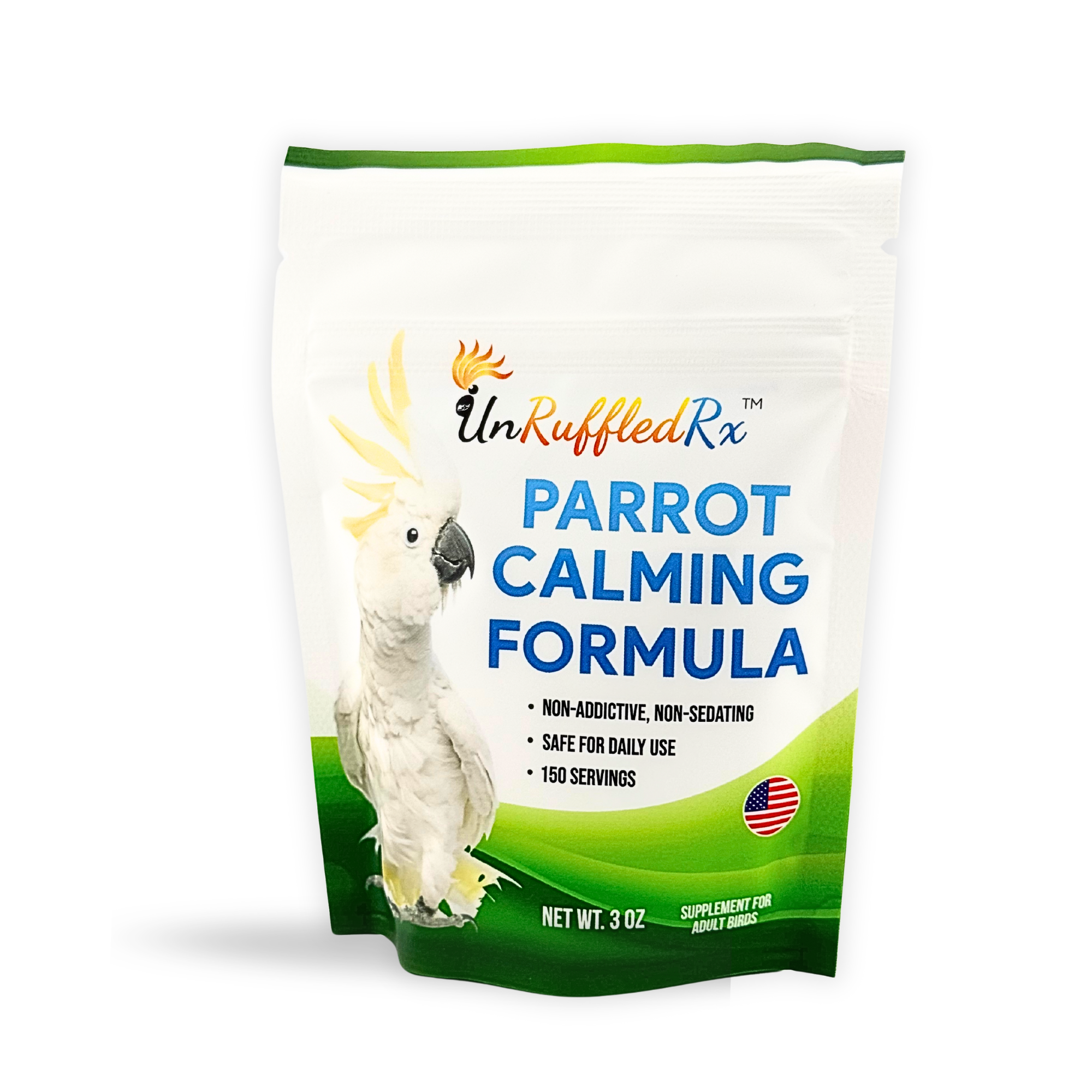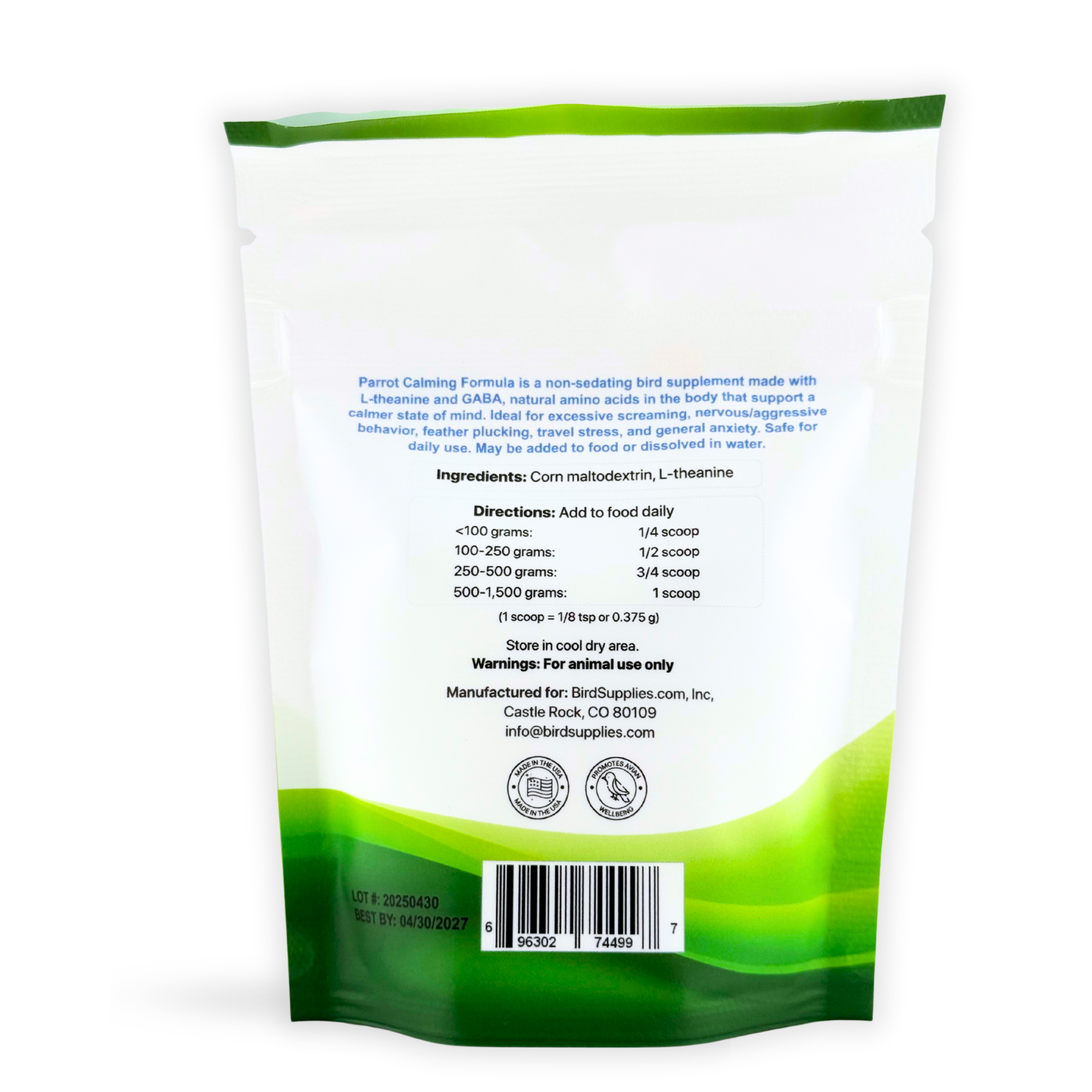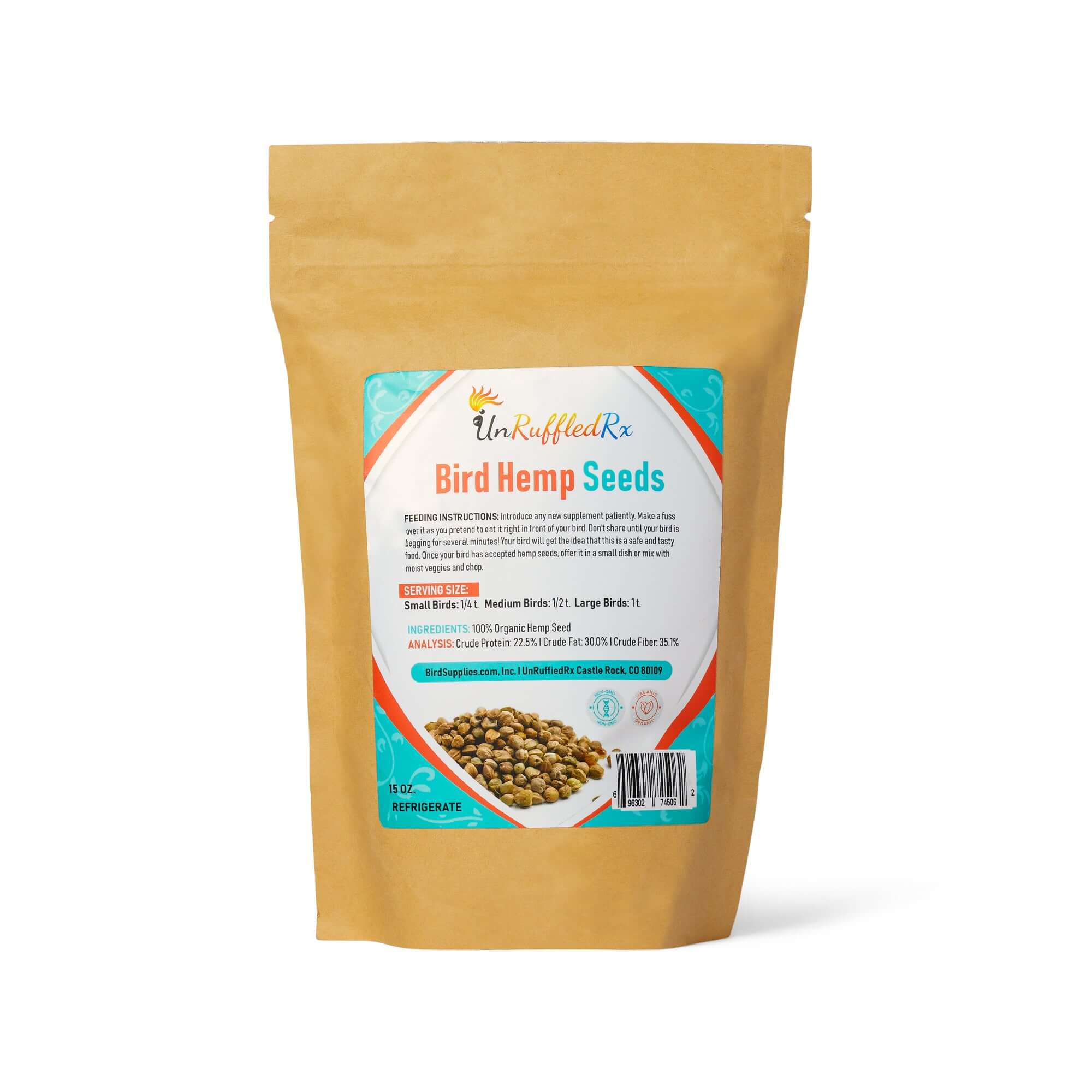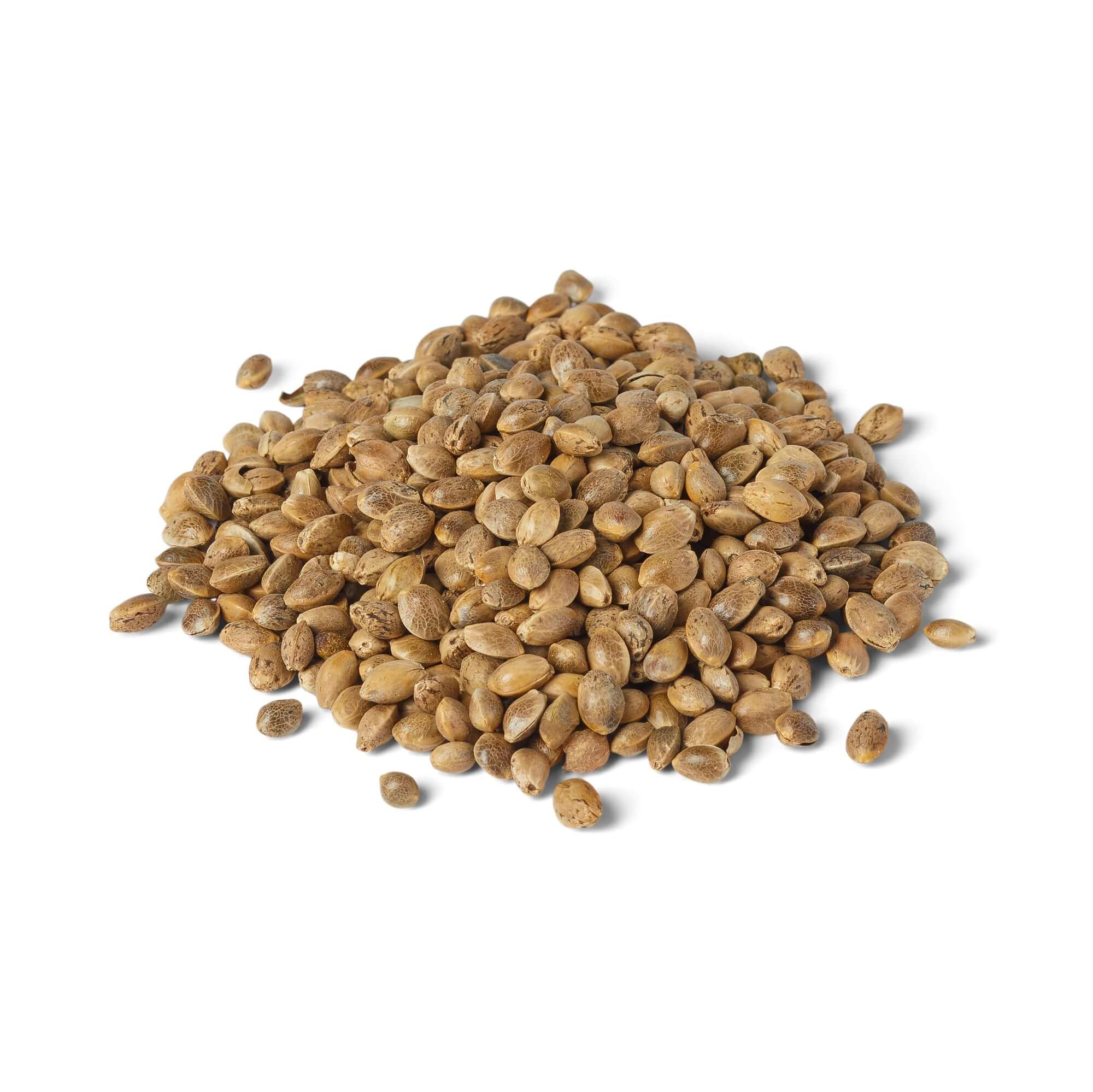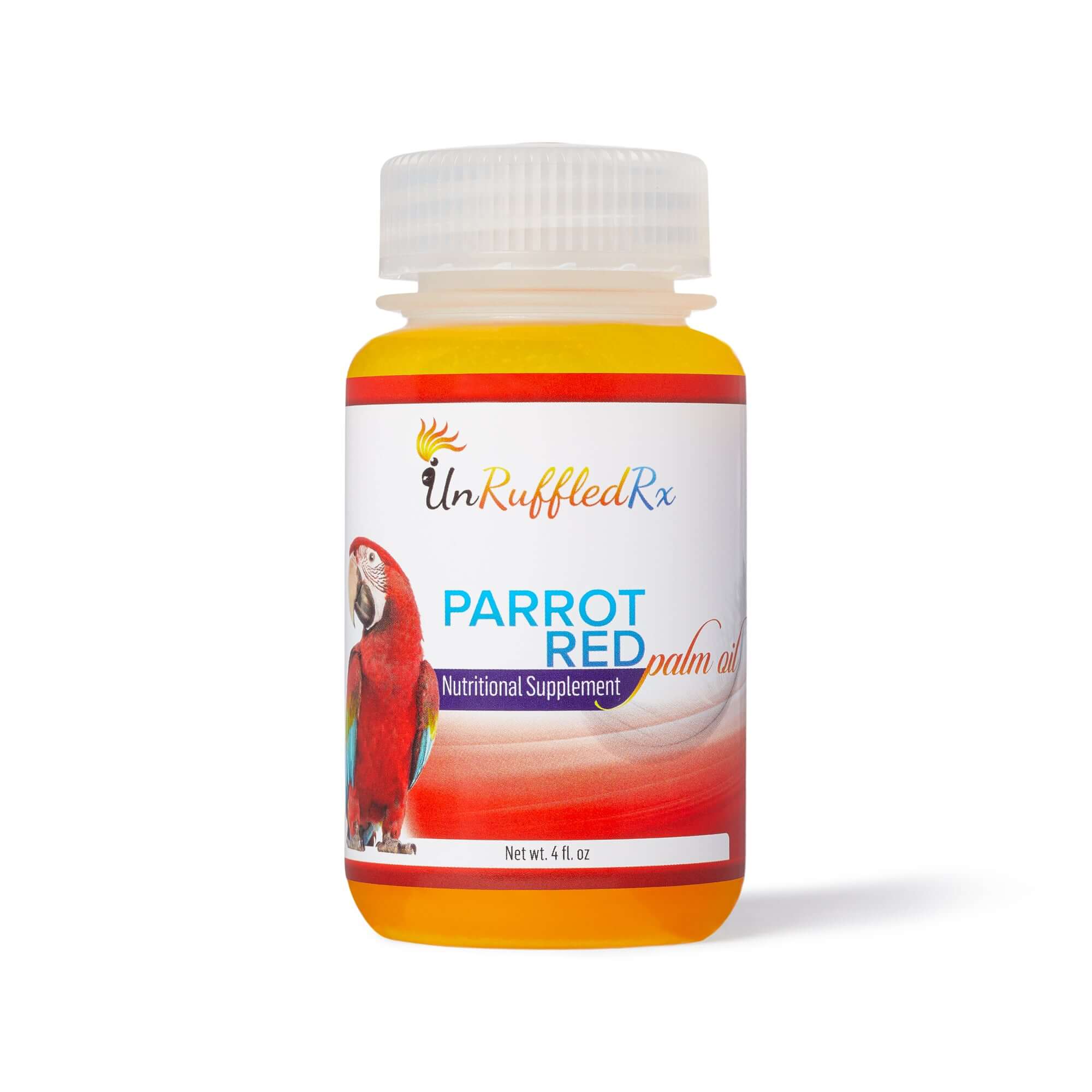Setting Up Your Bird's New Home
- Choosing the Right Cage
- Safety and Materials
- Design for Enrichment
- Placement and Care
- Reputable Manufacturers
- Exploring Outdoor Aviaries
Setting up the right environment for your bird isn't just important—it's essential for their health and happiness. Think beyond the basics of just a cage; your bird needs a space that stimulates their curiosity and matches their vibrant energy. In this guide, we'll walk you through the essentials of creating a safe and exciting home for your bird. From the perfect cage setup to the benefits of outdoor aviaries, get ready to give your feathered friend the thriving space they deserve. Ready to learn how? Let’s get started!
Choosing the Right Cage
Choose Your Bird Type First
Before diving into cage options, it’s important to identify what type of bird you'll be bringing home. Different species have unique needs in terms of space, layout, and cage design. Understanding these needs will help you make a smart choice that keeps your feathered friend happy and healthy.
Recommended Minimum Sizes for Species
Every bird species requires a specific amount of space to thrive. For example, parakeets do well in cages at least 20 inches wide, while African Greys need cages that are a minimum of 32 inches wide. Make sure that you check the recommended dimensions for your bird’s species below.
Popular Bird Cage Sizes
When shopping, you’ll notice a range of cage sizes. Compact cages might suit smaller birds or those in limited spaces, while larger enclosures are ideal for birds who need room to play and exercise. It’s all about matching the cage size with your bird’s activity level and size.
Bar Space Issues
The spacing between the bars of your bird’s cage is more important than you might think. Too wide, and your bird could try to escape or get stuck; too narrow, and they won’t be able to comfortably move or see out. Small birds typically need bar spacing under half an inch, while larger birds can handle spacing up to one inch.
Bird Cage Specifications
Please note that these are minimum size requirements. As a rule, the bigger then better.
| Bird Species | Minimum Cage Size (inches) | Recommended Bar Space (inches) |
|---|---|---|
| Softbill Finches / Canaries | 18 x 18 x 24 | 0.25 - 0.5 |
| Budgies & Tiels | 20 x 20 x 24 | 0.5 |
| Small Conures | 24 x 24 x 24 | 0.5 - 0.75 |
| Large Conures; Indian Ringnecks | 24 x 24 x 36 | 0.5 - 0.75 |
| Amazons / African Greys / Goffin | 36 x 24 x 48 | 0.75 - 1.0 |
| Large Cockatoos | 48 x 36 x 48 | 1.0 - 1.5 |
| Large Macaws | 36 x 48 x 60 | 1.0 - 1.5 |
Safety and Materials
- Correct Size: Choose a cage that is appropriate for your bird's size and species. It should be large enough for them to flap their wings, climb, and play without obstruction.
- Bar Spacing: Ensure the spacing between the cage bars is appropriate to prevent your bird from getting its head stuck or escaping. Small birds require closer spacing, while larger birds can handle wider gaps.
- Non-Toxic Materials: The cage material should be non-toxic and safe for birds. Powder coating or stainless steel are the preferred materials. Avoid cages with lead or zinc, which can be harmful if birds chew on them.
- Secure Latches: Use cages with secure latches that birds cannot easily open, to prevent escape. The larger the beak, the more crafty the bird is in opening food and exterior doors.
- Stacking Cages and Round Cages: Most birds do best in rectangular cages and feel nervous in round or stacking cages.
- No Sharp Edges: Mark there are no sharp edges, loose wires or loose welds, in the cage that could injure your bird. If buying a used cage carefully inspect it for rust.
- Cleanliness: Cages with decorative shapes and lots of crevices are harder to keep clean. Keep the cage clean to prevent the buildup of harmful bacteria or molds. Regularly change the bedding and sanitize the cage and its contents. Pull out the trays and clean the crevices frequently.
- Proper Placement: Place the cage in a safe, tranquil location away from direct sunlight, drafts, and household fumes such as cooking smoke, aerosols, or cigarette smoke.
- Avoid Overcrowding: Do not house too many birds in one cage as this can lead to stress, aggression, and spread of disease among the birds.
- Regular Inspection: Regularly check the integrity of the cage for any damages, loose components, or potential hazards. Fix any issues immediately to maintain a safe environment.
Go for a cage that's finished with bird-safe paint—no nasty chemicals here! The spacing between bars should just right to keep your curious bird safely inside.
Design for Enrichment
More Than Just Living
A well-designed cage isn't just a home; it's a playground for your bird. Equip it with multiple levels, swings, and climbing spaces that challenge them physically and mentally. These features help keep your bird active and engaged, ensuring they get plenty of exercise and fun every day. This kind of environment is vital for their physical health and mental well-being, providing endless opportunities for play and exploration.
Dome vs. Playtop
| Feature | Dome Top | Playtop |
|---|---|---|
| Design | Elegant, complements decor | Interactive, varies in style |
| Space | Ample vertical, good for flight | Vertical plus play features |
| Security | Enclosed, secure | Open top, less enclosed |
| Enrichment | Need to purchase additional play stand | Built-in, no extra space needed |
| Cleaning | Curves may be harder to clean | Poop may dribble on living area |
| Interaction | Limited to door access | Easy, through playtop |

Placement and Care
Safety First
Cage placement within your home is critical for the safety and well-being of your bird, and several factors must be considered to ensure an optimal environment. It's essential to position the cage in a draft-free area to prevent your bird from becoming too cold, which could lead to health issues. Similarly, it should be away from strong odors and potentially harmful fumes, such as those from cooking, which means keeping the cage out of the kitchen. Chemicals and smoke can be detrimental to your bird’s respiratory system.
For rehomed birds, who may be more sensitive or skittish due to changes in their environment, a quieter spot might be necessary to help them feel secure and adjust to their new surroundings. Additionally, all birds require about 12 hours of sleep per night to remain healthy and happy. If you tend to stay up late, consider placing the cage in a room that can be darkened and remains quiet during your bird's sleep times, or perhaps cover the cage with a light blanket to simulate nighttime earlier in the evening. Proper placement is not just about convenience—it's a significant factor in ensuring your bird's health, comfort, and overall quality of life.
Cleaning Shouldn’t Be a Chore
When selecting a bird cage, look for one with a removable tray to streamline the cleaning process. This feature makes it easy to dispose of waste and debris quickly, without the hassle of reaching inside the cage. Additionally, choose a cage with food and water cups that are accessible from the outside. This allows you to refill them easily and frequently without stressing your bird, maintaining a calm and undisturbed environment for your feathered friend.

To keep your bird's environment healthy, start with the basics: daily cleaning of food and water bowls using soapy water ensures they are free from food residue and bacteria. Each week, take the time to scrape off any accumulated droppings from the cage grates and give everything a thorough wipe down. It's also a good idea to sweep out or vacuum any crevices where waste and debris can collect. Using products like Oxyfresh Cage Cleaner can help sanitize surfaces without using harsh chemicals, making it safe for your bird.
The combination of bird food, droppings, and water can quickly turn into a breeding ground for bacteria, often referred to humorously as "poop soup." This mixture can foster the growth of disease-causing organisms, making weekly and monthly cleanings crucial. During these deeper cleaning sessions, ensure that you're eliminating all traces of dirt and potential contaminants to maintain a clean and disease-free environment for your bird. Regular maintenance not only keeps your bird healthy but also makes their space more pleasant for both you and your feathered friend.
Reputable Manufacturers
Trust Matters
Bird cages can be a significant investment, but they are a classic example of getting what you pay for. While it may be tempting to cut costs by opting for cheaper alternatives, these savings can often lead to compromises in quality and safety. Many inexpensive cages, particularly those imported from places with less stringent manufacturing standards like some factories in China, may use thin paint that chips easily, have inferior and potentially unsafe components, rust quickly, and suffer from weak welds that can break.
To ensure the safety and longevity of your bird's home, it's advisable to steer clear of low-cost "marketplace sites" such as Wayfair that often carry these lower-quality products. Instead, consider investing in cages from reputable U.S. brands known for their commitment to quality. Brands like A&E, Hagen, Freedom Cages, Featherland, and Prevue prioritize quality control. These manufacturers are known for producing durable and safe bird cages, even though they may come at a higher upfront cost. The extra expense goes towards ensuring that your bird lives in a safe, comfortable, and durable environment, reflecting the true essence of value over the long term.
Exploring Outdoor Aviaries
Bringing the Wild Closer to Home
If you want to provide the ultimate enrichment for your bird, opt for a parrot cage big enough to allow ample space for flying, climbing, and exploring. A big parrot cage in an outdoor setting can significantly enhance your bird's quality of life by offering more natural stimuli and room for physical activity. This setup helps ensure that your parrot remains healthy, happy, and vibrant.
Outdoor aviaries provide a fantastic opportunity for pet birds to enjoy a more natural environment, offering ample space for exercise and enrichment. Premade styles from reputable brands like A&E are designed with your bird's health and safety in mind. These aviaries allow birds to benefit significantly from direct sunlight, which is crucial for synthesizing Vitamin D3, essential for their overall health.

The ideal temperature range for using these outdoor aviaries is between 50 to 80 degrees Fahrenheit. It's important to ensure that the aviary is placed in a location where your bird can access shade to avoid overheating. Features like locking doors are standard with quality models, adding an extra layer of security to keep your bird safe from potential predators or escape.
Always supervise your birds when they are using an outdoor aviary, as open environments can present unexpected risks. Additionally, ensure there is a consistent supply of food and water within the aviary, so your birds remain hydrated and well-fed without needing to return indoors.
In conclusion...
Now that you understand the importance of a top-quality bird cage—one that supports your bird's well-being and can last for years—it’s the perfect time to make sure you’re choosing right. Picking the perfect cage is a big decision, and I'm here to help guide you through it. Parrots are my passion, and ensuring their safety is my mission. If you have any questions or need advice on selecting the right cage, don’t hesitate to reach out for a consultation. Let’s work together to create the safest, happiest home for your feathered friend. Ready to get started? Contact me today for expert guidance tailored to your unique needs!
Related Posts:
Daily, Weekly and Monthly Bird Care Plan: Printable Bird Care Guide
Cage Setup Guide for New Cockatiel & Budgie Parents
Bird Cage Cleaning Hacks You Can Start Using Today
References:
Bird Cages Now. (n.d.). How to choose a bird cage: Buying guide for the right bar spacing, size & style for your pet birds. Retrieved from https://www.birdcagesnow.com/blogs/bird-blog/how-to-choose-a-bird-cage
Pardini, V. (2024, May 10). Choosing the right bird cage and location. ZuPreem. https://zupreem.com/choosing-the-right-bird-cage-and-location/
Valleywide Parrot Rescue. (n.d.). How to pick the perfect cage for your bird. Retrieved from https://valleywideparrotrescue.com/2023/07/11/how-to-pick-the-perfect-cage-for-your-bird-2/?gad_source=1&gclid=Cj0KCQjwsJO4BhDoARIsADDv4vBAFZjOTrAlsM8Swi-BrbxlcTv9ofbI40kZaFcB_st_h6elSPzJaWAaAlRQEALw_wcB
Link to this blog
Burroughs, D. (2024, October 7). How to choose the best bird cage for your pet. Bird Supplies. https://birdsupplies.com/blogs/news/how-to-choose-the-best-bird-cage-for-your-pet
Diane Burroughs, LCSW, is a licensed psychotherapist specializing in avian anxiety disorders, nervous bird behaviors, and overall bird care. With training in ABA therapy and certification in Nutrition For Mental Health, Diane has authored several books on bird behavior and offers expert consultations for resolving issues like feather plucking and bird anxiety.
TAGS: #BirdCage #ParrotCage #ParrotCageBig
SHARING IS CARING! 📣
Love what you read? Help spread the word on Facebook & Instagram 🌟
💬 Leave a comment below and let us know your thoughts!

